This is a continuation of our series on Natural Vision Correction. Get to Part 1 Here.
Eye Oblique Muscle Stretch
This exercise will relax the eye oblique muscles used to change the eye optical length. Don’t skip this exercise as the eye oblique muscles are responsible for proper and acute vision.
Here’s how to do it.
- Using a pencil or your thumb move it slowly from down, near the body and move it towards the tip of the nose.
- Look at the tip of your finger until it touches the nose and your eyes turn also to that point (near the nose you may see two thumbs).
- Move horizontally to the right still looking at the finger as it is moving. Stop briefly and move back toward the nose.
- Repeat moving horizontally to the left.
- When moving to a particular direction, breathe in, stop for 1-2 seconds, exhale when moving towards the nose to relax the muscles.
Near / Far Exercise
This exercise will teach you to fully contract and relax the eyes. This will train the muscles to become stronger and more efficient at their job.
Here’s how to do it.
- Remove your glasses.
- Look at an object in the distance, like a tree with a soft gaze, without any strain.
- Look at an object between you and the furthest object, for instance the car in front of you.
- Hold up your finger as close to your nose as possible without strain and look at it.
- Shift your focus from far to middle to near continuously, i.e. tree, car, finger.
- Try to do this 10 times.
Eye-Mind Connection
Vision is 90% mental and 10% physical. The eyes simply take in light, while the mind interprets the electrical impulses sent from the retina through the optic nerve to the visual cortex in the back of the brain. For this reason, much of the Bates Method is geared toward rebuilding the connection between mind and body we all once had.
How do you create an eye-mind coordination? You need to focus the eyes, your attention and the mind all on the same thing at the same time. In other words, you need to be present. If you are thinking about checking your emails when you are palming, you are not present and focused and the mind is in charge and you are less likely to have relaxed eyes that see black. Here are some exercises to help you re-establish the mind-body connection from the helpful website www.bateseeyeexercises.com.
Visualization
When we visualize, our eyes are actively accommodating what the mind is trying to see. Over time, visualization, will help us learn to relax the eyes more and improve the power and acuity of sight.
For best results, practice these exercises while palming.
- Sit in a comfortable chair. Relax and close your eyes.
- Imagine standing on the pier in front of a large passenger ship.
- You can see men and women, young and old talking, children running back and forth, men and women in uniform carrying trays. Some are standing looking out at the ocean, or at the land, while others stroll through the decks.
- Slowly, the large ship sets sail and you are seeing less and less details on the decks. The windows and human silhouettes are smaller and smaller. The sea surrounds the ship more and more. The sun is shining. The ship is getting smaller and smaller and you can’t make out any passengers. Finally, the ship is just a dot on the horizon.
Now do this exercise.
- Reverse the course of events and first see the ship as a dot that sails to shore and becomes more and more detailed. Slowly, you begin to see people on the decks, tables and portholes. Continue this imaginary scene until the ship reaches the port and you are standing next to it.
- Repeat the moving away and coming of the ship in your mind several times. Slowly, speed up this process.
By continuing to imagine the ship sailing away and coming nearer, your eyes are moving in and out, helping the muscles and refraction of the eyeball. Also notice how the exercise has helped you relax.
Exercise 2: Runners on the track
- Sit in a comfortable chair. Relax and close your eyes.
- Imagine that you are standing at the start line of the race on a large track.
- You see several athletes hunched down at the start line. Look at them closely and notice the details in their outfit, body, or behavior.
- Imagine that the race begins and you are watching how the runners are running even further, moving away from you and around the track. As the runners move away, you can see less and less details. Finally, they become small dots in the farthest location from you.
- Now see the athletes running on the track coming near to the finish line and you. You see more and more details of the runners, their outfits, facial expression, body characteristics. Finally they reach the finish line where you are standing.
- Practice them moving away and coming nearer in your mind several times. Slowly speed it up.
With eyes closed, this exercise has a great benefit for the eye muscles and refraction of the eyeball.
Analytic Vision
As Bates continually impressed upon us, an immobilized eyeball hinders vision and creates watery and dim sight, and inability to see normally. Proper vision entails minimal and permanent eye movement. You see this in observing people with normal sight, who maintain their eyes such that they move unconsciously constantly from one point of an object to another with minimum effort.
This analytic vision exercise is designed to help you to acquire minimum and constant eye movement. At first, these actions will be conscious but over time they will become automatic and unconscious and you will look freely and without effort.
Here’s what to do.
- When looking at something, for instance a building, try to draw with your eyes the external contours of a building, across the gutter, roof and ground.
- Look at the windows, door, banister, roof while trying to draw with your eyes the external edges.
- Move quickly from one element to another, choosing different types and directions of eye movement without seeing these parts of a building acutely.
- Blink freely to ensure that your eyes are moistened and rested.
- Now look at the building as a whole. Does it seem clearer to you?
Nutrition is a big part of optimized health and vision. Part 7 will cover the specific vitamins that boost visual acuity and actual foods you should incorporate into your diet every day.
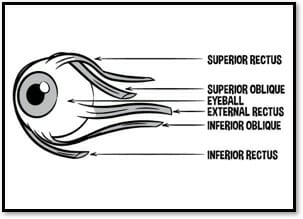
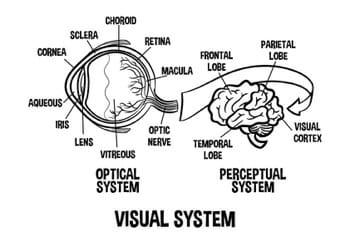


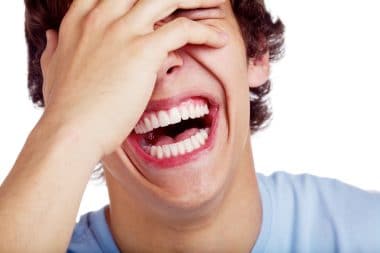
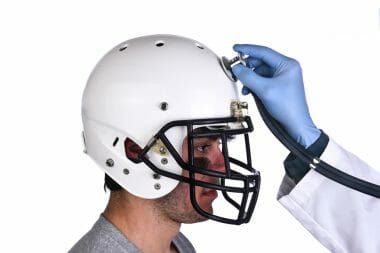

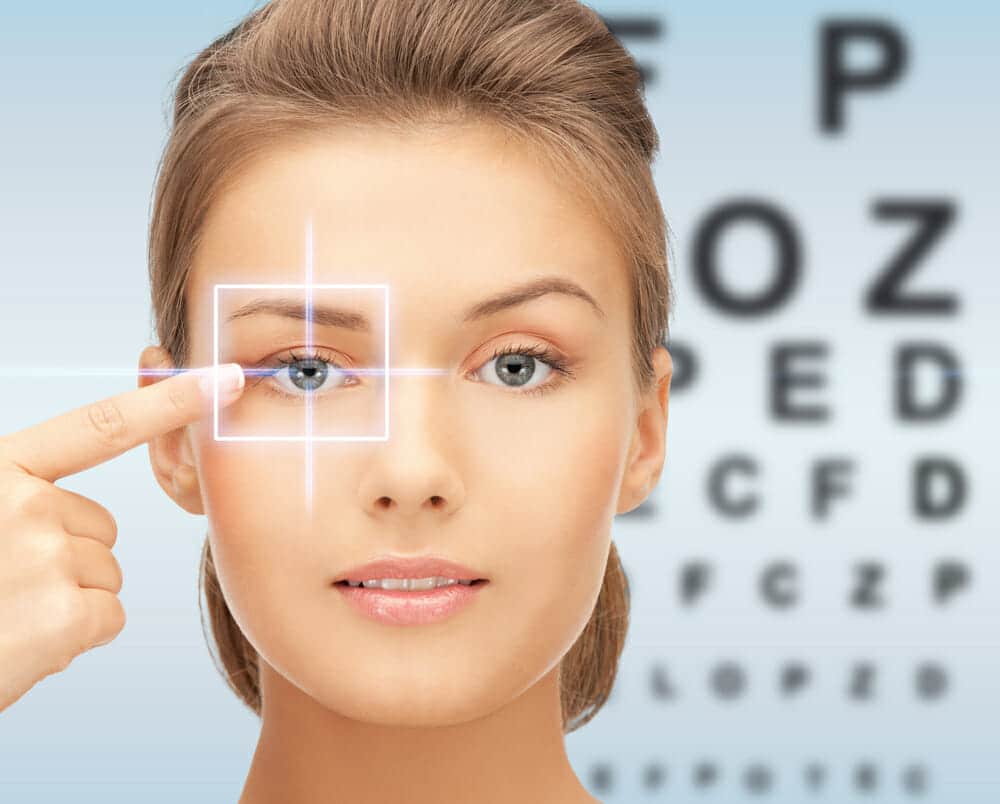
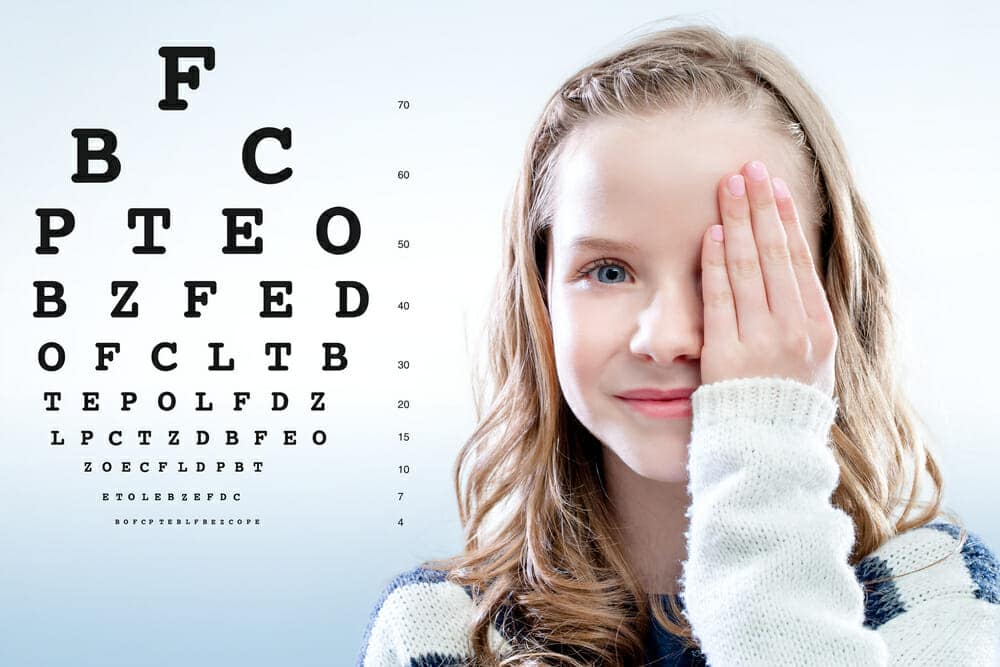
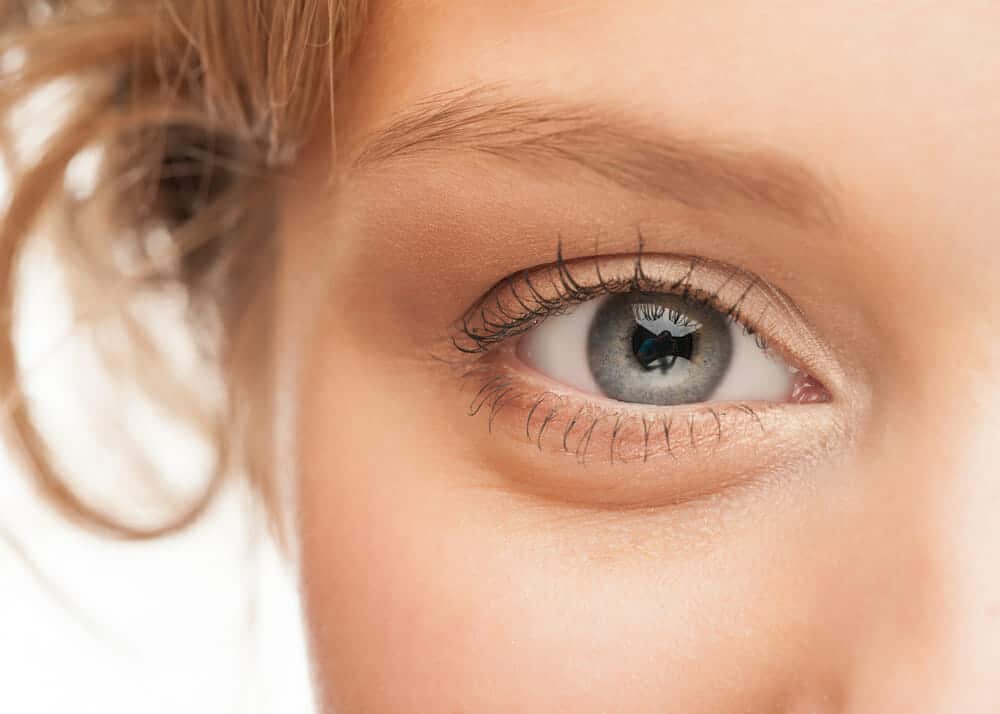
Reply